Species Photo Gallery for Cyrtolobus dixianus No Common Name 22 |
 | Photo by: Kelli Ashby
Durham Co.
Comment: Urban garden area. Large and immature oaks | 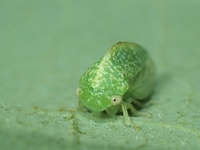 | Photo by: Kelli Ashby
Durham Co.
Comment: Urban garden area. Large and immature oaks |
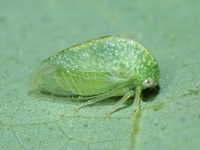 | Photo by: Kelli Ashby
Durham Co.
Comment: Urban garden area. Large and immature oaks |  | Photo by: Kelli Ashby
Durham Co.
Comment: Urban garden area. Large and immature oaks |
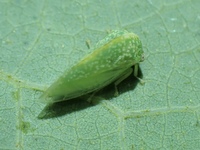 | Photo by: Kelli Ashby
Durham Co.
Comment: Urban garden area. Large and immature oaks | 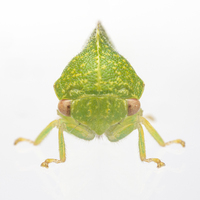 | Photo by: Solomon Hendrix
Out Of State Co.
Comment: hand collected. female. |
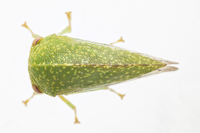 | Photo by: Solomon Hendrix
Out Of State Co.
Comment: hand collected. female. | 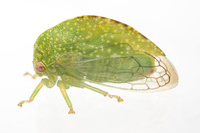 | Photo by: Solomon Hendrix
Out Of State Co.
Comment: hand collected. female. |
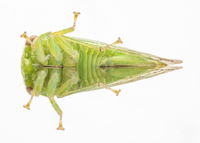 | Photo by: Solomon Hendrix
Out Of State Co.
Comment: hand collected. female. |  | Photo by: Solomon Hendrix
Out Of State Co.
Comment: hand collected. female. |
 | Photo by: Solomon Hendrix
Out Of State Co.
Comment: hand collected. male. | 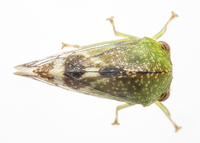 | Photo by: Solomon Hendrix
Out Of State Co.
Comment: hand collected. male. |
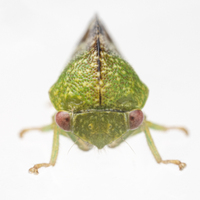 | Photo by: Solomon Hendrix
Out Of State Co.
Comment: hand collected. male. |  | Photo by: Solomon Hendrix
Out Of State Co.
Comment: hand collected. male. |
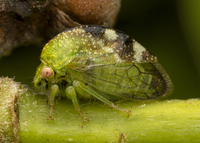 | Photo by: Solomon Hendrix
Out Of State Co.
Comment: hand collected. male. | 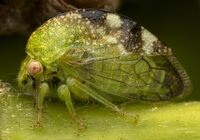 | Photo by: Solomon Hendrix
Out Of State Co.
Comment: hand collected. male. |
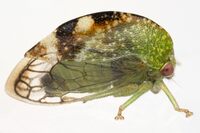 | Photo by: Solomon Hendrix
Out Of State Co.
Comment: hand collected. male. | 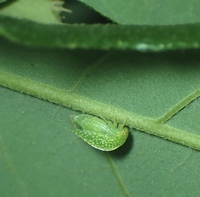 | Photo by: Kelli Ashby
Durham Co.
Comment: Many found under a young oak tree |
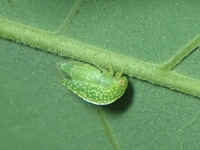 | Photo by: Kelli Ashby
Durham Co.
Comment: Many found under a young oak tree | 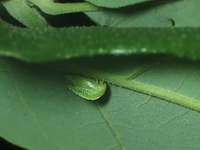 | Photo by: Kelli Ashby
Durham Co.
Comment: Many found under a young oak tree |
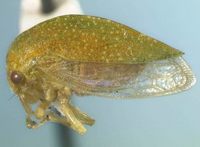 | Photo by: Mark J. Rothschild
Out Of State Co.
Comment: female |  | Photo by: Matthew S. Wallace
Out Of State Co.
Comment: male |
|

 »
»
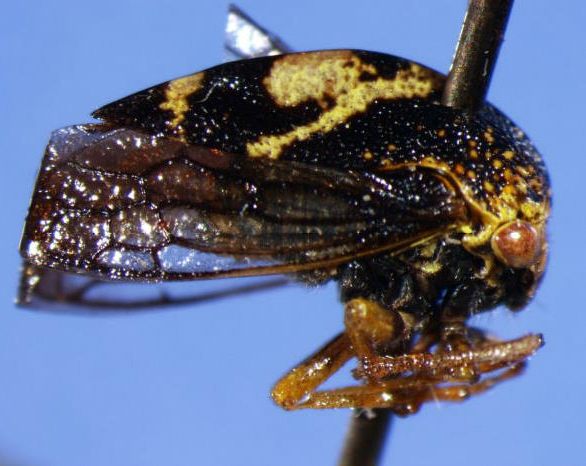

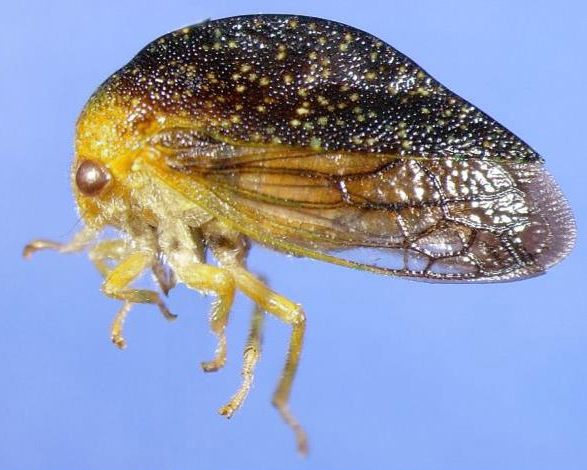

 »
»


